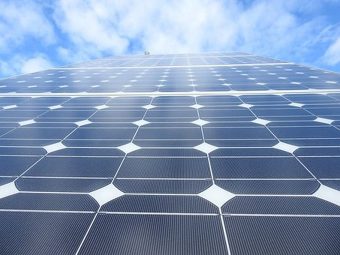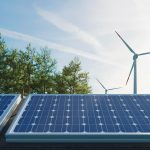
The cost of solar power has never been lower. This is reflected by installations — massive projects are under construction around the globe and a record-breaking 74 gigawatts of installations were completed in 2016. Although this growth is unequally distributed over different countries and dominated by utility-scale solar farms, the smaller-scale residential segment has contributed a fair share. The main driver of growth, continuously dropping costs, is incentivizing companies and individuals alike to go solar. Certainly, this is what has been going on in the Netherlands.
According to MilieuCentraal, a public awareness agency funded by the Dutch government, the price of buying solar panels dropped by almost 10% year on year in August 2017, continuing the downward trend of cheaper and cheaper renewable options. A standard system of 10 solar panels, including inverter and labor expenses, costs a Dutch citizen on average of €4400, or €1.63 for each Wp of capacity. This is 15 euro cents less than in 2016, when the same system would have set you back €1.78 per Wp. As a result, the return on investment for covering your roof with panels has risen to 6% annually, which is significantly above global interest rates, even though the risk involved seems to not be that much greater. Also, in this computation of returns, a VAT rebate the Dutch government offers has not been included.
The falling price of solar panels is reflected in their sales. By now, more than half a million houses are equipped with solar in the Netherlands, which is 100,000 more than one year ago. In relative terms, 11% of households with their own roof have put panels on top, making up about two-thirds of total solar capacity in the Netherlands.
In the years to come, strong growth is likely to continue. Just last week, dairy company FrieslandCampina announced it will put a total of 416,000 solar panels on the roofs of its supplying farms, reflecting the interest from all sorts of different actors in reducing the carbon footprint of their electricity supply by turning towards the sun for their energy needs.
Source: cleantechnica.com



